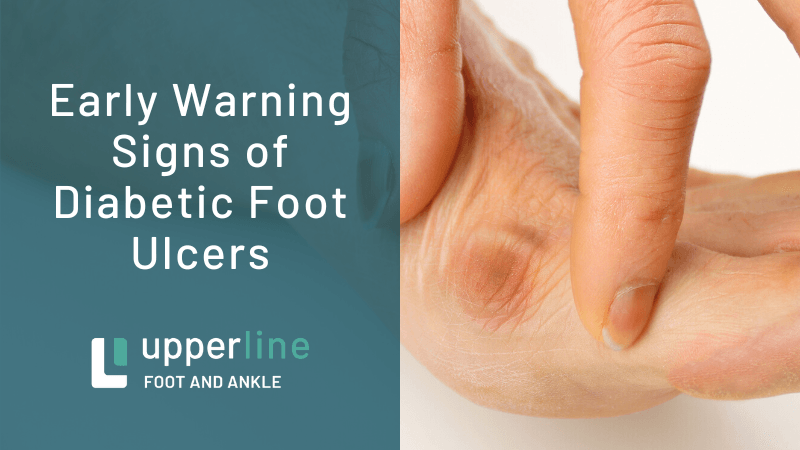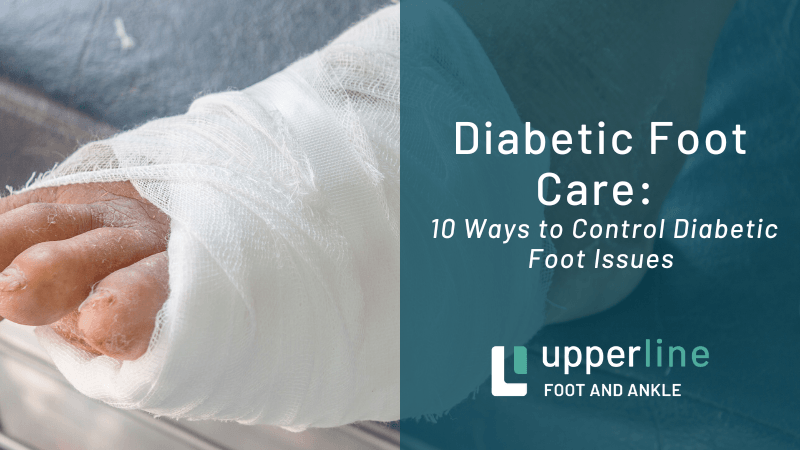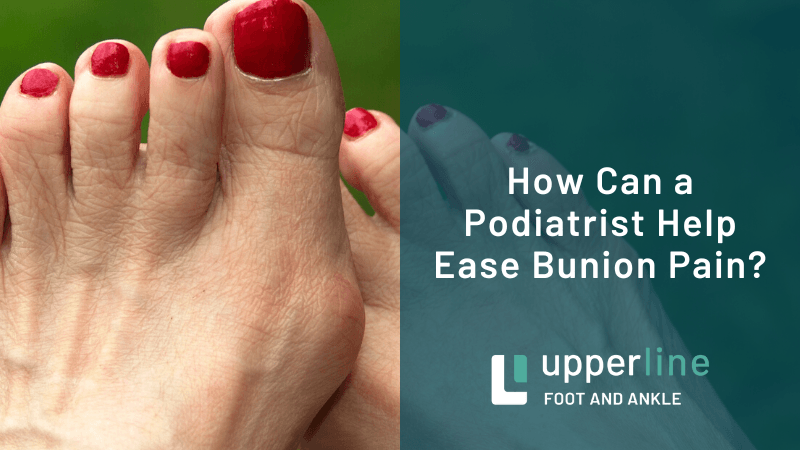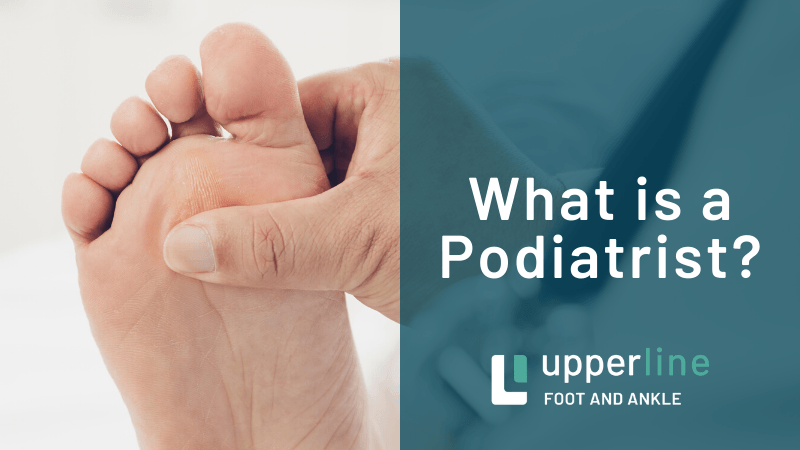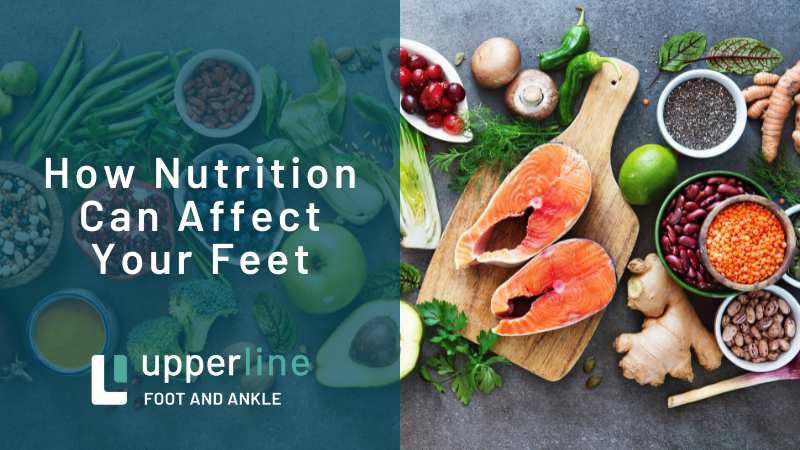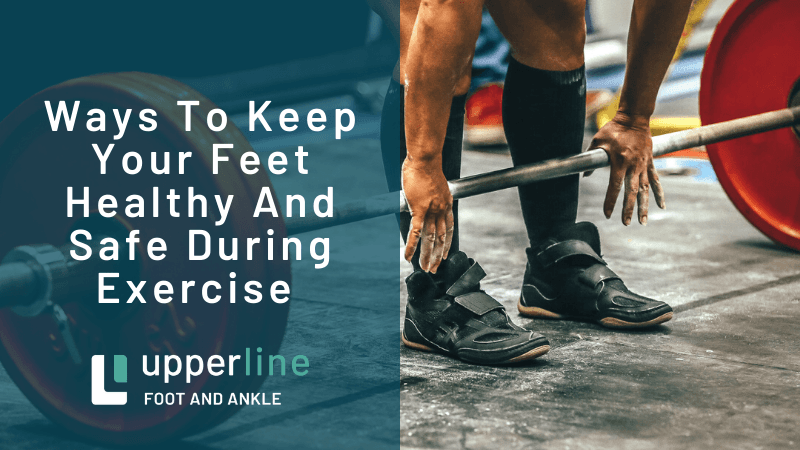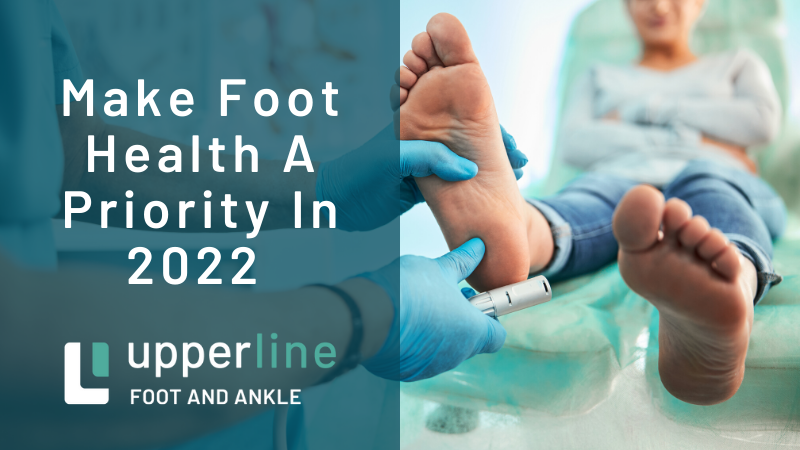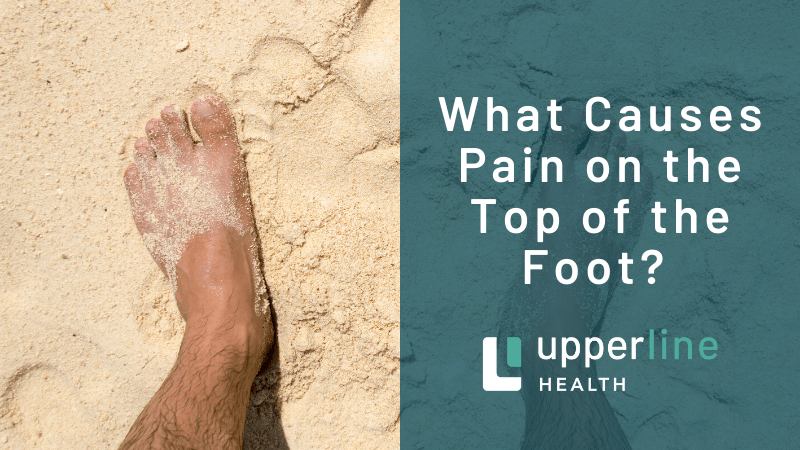What's Causing Your Big Toe Pain?

Your feet take a lot of wear and tear because they support your entire body. While many parts of the foot can be affected, complications often arise in the big toe, causing pain and stiffness. If you have suffered from big toe pain, check out these four common causes to determine your next course of action.
1. Bunion
At first glance, a bunion just looks like a bump growing on the side of your big toe. However, the problem is actually from a bony bump that starts to grow on the side of the toe. As a result, the tip of the big toe pulls toward the little toes, while the bony bump continues to protrude.
This bump is often painful and swollen and may even appear red or warm to the touch. Corns and calluses are a common side effect because of the big and second toe rubbing together. As the problem worsens, you may also experience limited movement and flexibility in the big toe.
Some people are more prone to bunions because of the shape of their foot, but it is often from poorly fitted shoes. For minor bunions, your doctor may recommend non-surgical treatments like changing shoes, taking anti-inflammatory pain medication, or reducing swelling with ice. In extreme cases, surgery may be necessary to remove irritated tissue or straighten the toe.
2. Turf Toe
Turf toe is a condition when your big toe flexes toward the top of your foot too much. This is often associated with football players, hence the term turf toe. The injury usually happens when you put too much weight on the toe for too long, which forces the toe to bend too far. Turf toe can affect may other parts of the foot, such as the plantar plate, collateral ligaments, and the sesamoids.
Symptoms of turf toe are similar to those of a sprain. You have tenderness, sensitivity, swelling, and stiffness. You may also have pain or difficulty using the toe. For minor injuries, home rest is recommended with ice, compression, and elevation. For more serious injuries, you may need crutches to avoid putting weight on the toe. The most severe turf toe injuries may need surgery to reattach a ligament.
3. Gout
Gout is a specific type of arthritis that typically attacks the big toe. Gout isn't from wear and tear like osteoarthritis, and it isn't from inflammation like rheumatoid arthritis. Instead, it is from uric acid. High levels of uric acid allow urate crystals to form in the joint of the big toe. These crystals irritate the area, leading to joint pain, inflammation, limited range of motion, and redness.
Gout is heavily dependent on your lifestyle because the leading risk factors include diets high in purine-rich foods (red meat, organ meat, seafood, or alcohol), obesity, and diabetes. Treatment for gout usually includes lifestyle changes, such as cutting out beer or cutting back on red meat to reduce your purine consumption. Your doctor may be able to prescribe medications that block uric acid production.
4. Broken Toe
Any broken bone can hurt, but because of the location and functionality of the big toe, a broken big toe can be incredibly painful. The toe will likely start to swell and may become discolored. Walking may be incredibly painful or impossible. In most cases, a broken big toe is from dropping something heavy on your foot or stubbing your toe hard.
Your doctor will recommend over-the-counter painkillers for the pain, but the bone will also need to be immobilized to heal. This may include buddy taping, wearing stiff-bottom shoes, or wearing a full cast. Surgery may be necessary to place pins and plates to better support the bone as it heals.
Pain in your toe is no joke, and it can make walking impossible or painful. Even something as seemingly minor as a bump on the side of your toe could indicate a major problem.

